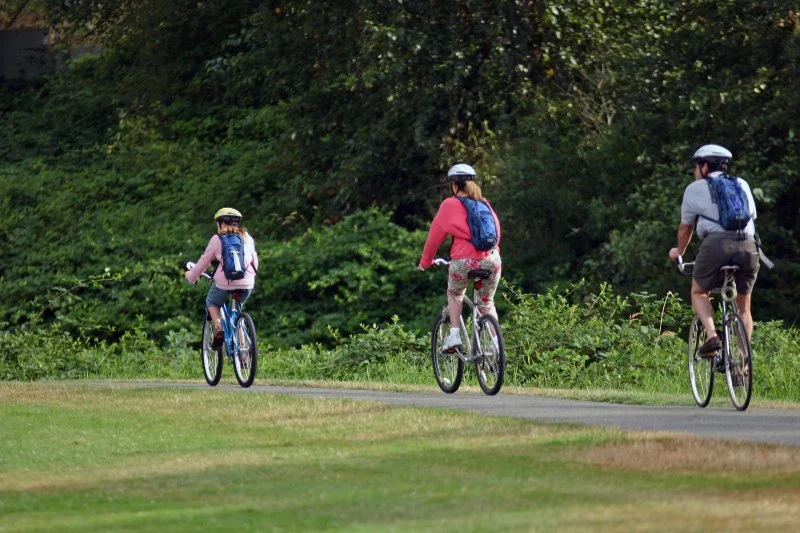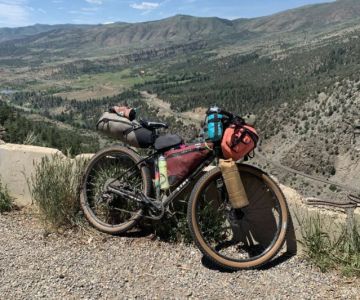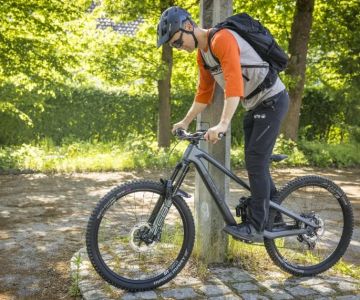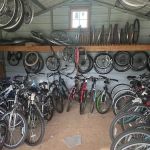
- 1. Understanding the Challenges of Biking in Remote Areas
- 2. Preparing for the Ride: Key Considerations
- 3. Safety Gear and Essentials for Remote Rides
- 4. Navigation and Communication Tips
- 5. Real-life Experiences and Expert Advice
1. Understanding the Challenges of Biking in Remote Areas
Riding a bike through remote areas offers a sense of adventure and freedom but also presents unique challenges. The lack of immediate help or access to supplies makes careful planning essential. Understanding these challenges can help you prepare better and ensure a safe journey.
Some key challenges include:
- Limited access to emergency services or repair shops
- Rough terrain that may require special skills and equipment
- Weather conditions that can change abruptly
- Cell phone signal limitations in certain areas
2. Preparing for the Ride: Key Considerations
Proper preparation is the foundation of a successful and safe bike ride in remote areas. Consider the following factors when planning your trip:
- Route planning: Study the area, map out your route, and be aware of terrain types. If you’re unfamiliar with the area, research online resources, or consult with local cyclists.
- Fitness level: Remote cycling can be physically demanding, so assess your fitness level and choose a route that matches your abilities.
- Time of year: Choose the right time of year to avoid harsh weather conditions such as snow or heavy rain.
Preparation is key to avoiding accidents and being able to handle unexpected situations during the ride.
3. Safety Gear and Essentials for Remote Rides
When biking in remote areas, safety gear and packing the right essentials are crucial for your protection and well-being. Here's a list of must-have items:
- Helmets: A good-quality helmet is essential for head protection in case of falls or collisions.
- First aid kit: A basic first aid kit can handle minor injuries or emergencies until help arrives.
- Water and food: Hydration and energy are vital when biking for long distances in remote areas. Carry enough water and nutritious snacks to keep you fueled.
- Spare tubes and tools: Flat tires are a common issue. Bring spare tubes, a pump, tire levers, and a multitool to repair your bike on the go.
- Weather-appropriate clothing: Dress in layers and carry a rain jacket or windbreaker depending on the weather forecast.
Don’t forget to check the weather before leaving and pack accordingly to ensure your comfort throughout the ride.
4. Navigation and Communication Tips
Navigation in remote areas can be tricky, and communication may be limited. To stay safe, follow these tips:
- GPS and maps: Use a GPS device to track your route or bring a paper map as a backup.
- Emergency contact: Inform someone about your route and expected arrival time. Share your location through a mobile app if available.
- Power bank: Carry a fully charged power bank to keep your phone or GPS device operational during the ride.
Planning for navigation and communication challenges is essential in case something goes wrong during your ride.
5. Real-life Experiences and Expert Advice
Many cyclists have had successful experiences riding in remote areas by following the right safety protocols. Expert cyclists often recommend checking out local bike shops, joining cycling groups, and learning from others' experiences in these environments. Here's an example of an experienced cyclist’s advice:
"The key to biking in remote areas is always having a plan but being prepared for the unexpected. Be sure to have the essentials, take your time, and trust your instincts. It's always better to turn back if conditions change unexpectedly."
Take the time to ask experts and others who have explored remote routes for advice. Their insights can be invaluable in ensuring your safety.
For more in-depth information and expert advice on planning your bike ride, visit Cycling Guider for the best cycling gear, routes, and tips!







 Bikes on the Pike4.0 (18 reviews)
Bikes on the Pike4.0 (18 reviews) Electric Spinz Electric Bike Rentals and Sales4.0 (224 reviews)
Electric Spinz Electric Bike Rentals and Sales4.0 (224 reviews) Bicycles Of Tulsa4.0 (252 reviews)
Bicycles Of Tulsa4.0 (252 reviews) Alligator's Cycling4.0 (172 reviews)
Alligator's Cycling4.0 (172 reviews) Crossroads Cycling Co4.0 (236 reviews)
Crossroads Cycling Co4.0 (236 reviews) The Bike Station Store3.0 (121 reviews)
The Bike Station Store3.0 (121 reviews) How to Teach Kids to Ride a Bike: A Step-by-Step Guide for Parents
How to Teach Kids to Ride a Bike: A Step-by-Step Guide for Parents Tips for Riding on Busy City Streets: Smart Strategies for Urban Cyclists
Tips for Riding on Busy City Streets: Smart Strategies for Urban Cyclists Best US National Parks for Mountain Biking: Ride Epic Trails Across America
Best US National Parks for Mountain Biking: Ride Epic Trails Across America Best Aero Helmets for Time Trials and Racing
Best Aero Helmets for Time Trials and Racing How to Clean and Lubricate Your Bike Chain Like a Pro
How to Clean and Lubricate Your Bike Chain Like a Pro 10 Must-Have Items for Long-Distance Cycling Trips
10 Must-Have Items for Long-Distance Cycling Trips